Context: A five-judge constitution bench headed by the Chief Justice of India (CJI) verbally observed Section 6A of the Citizenship Act, is a “beneficial provision.”
Constitution Bench:
|
|---|
The Citizenship Act 1955:
|
|---|
Assam Accord
|
|---|
Source: The Hindu
Context: Lok Sabha passed the Jammu and Kashmir Reservation Amendment Bill, 2023, and Jammu and Kashmir Reorganization Amendment Bill, 2023.
Who are Migrants?
|
|---|
Also Read: On Jammu And Kashmir And Statehood
Source: PIB
Context: Recently, Scientists have brought the Propulsion Module of the Chandrayaan-3 mission back into Earth orbit.
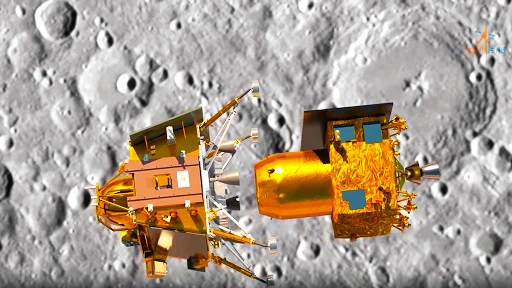
More Information on Chandrayan 3
News Source: Indian Express
Context: India has successfully phased out ozone-depleting and climate-warming chemical HCFC 141b and is ahead of schedule in eliminating another such gas, HCFCs, according to a government report.
Hydrochlorofluorocarbons (HCFCs)
Hydrofluorocarbons (HFCs)
|
|---|
Must read Methane Alert And Response System (MARS) here.
News Source: Economic Time
Context: Recently, India has refused to sign the COP28 Declaration on Climate and Health.
Also read COP28 Approved Agreement on New “Loss and Damage” Fund for Vulnerable Countries here.
News Source: Livemint
Context: Recently, the Indian Prime Minister launched the Green Credit Program.
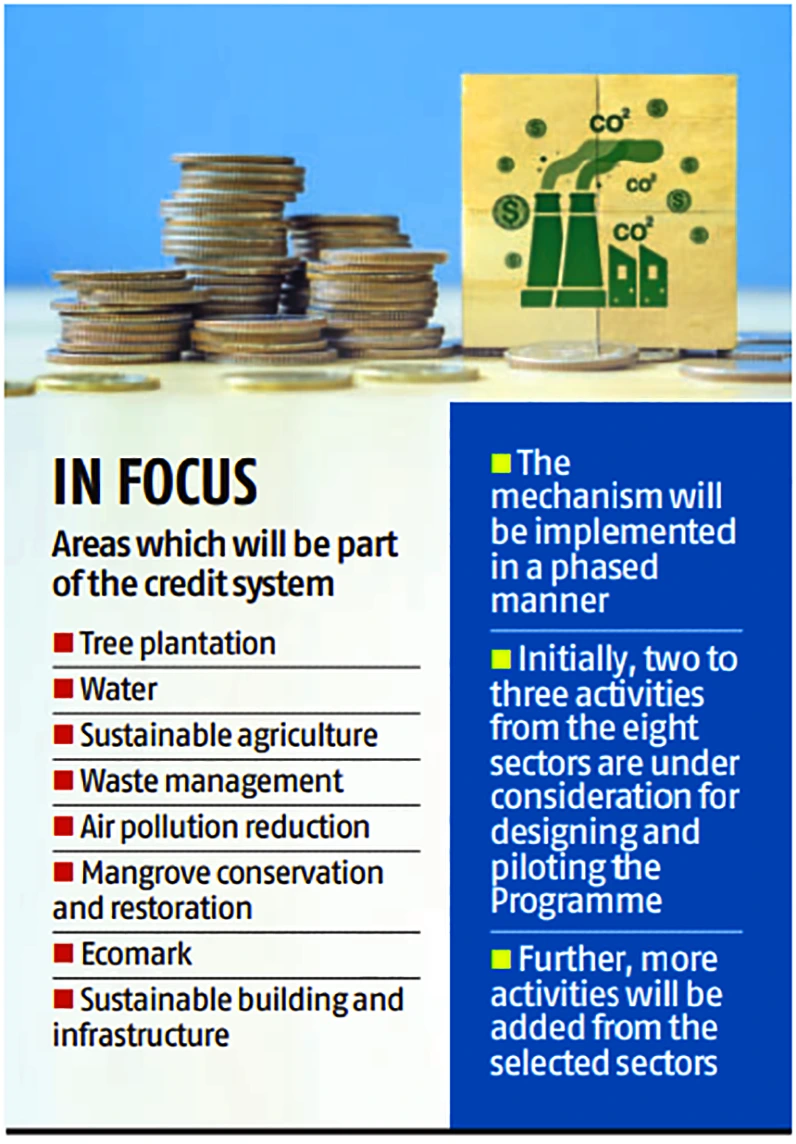
Know more about the Green Credit Scheme here.
Carbon Credit:
Earlier Available Practice:
|
|---|
News Source: The Indian Express
Context: Recently, the Africa Green Industrialisation Initiative (AGII) was launched at the 28th Conference of Parties (COP28) to the United Nations Framework Convention on Climate Change.
Also Read: Africa To Solve World’s Critical Mineral Challenge
News Source: Down to Earth
Context: The Indian National Space Promotion and Authorization Centre (IN-SPACe) launched a seed fund scheme for start-ups operating in the area of urban development and disaster management by using space technology.
Indian National Space, Promotion & Authorization Centre (INSPACe)
National Remote Sensing Centre (NRSC):
|
|---|
Also Read: Hybrid Seeds In Indian Agriculture
News Source: Financial Express
Context: Garba has been declared as an Intangible Heritage by the United Nations Educational, Scientific and Cultural Organisation (UNESCO).

Intergovernmental Committee of the 2003 Convention:
|
|---|
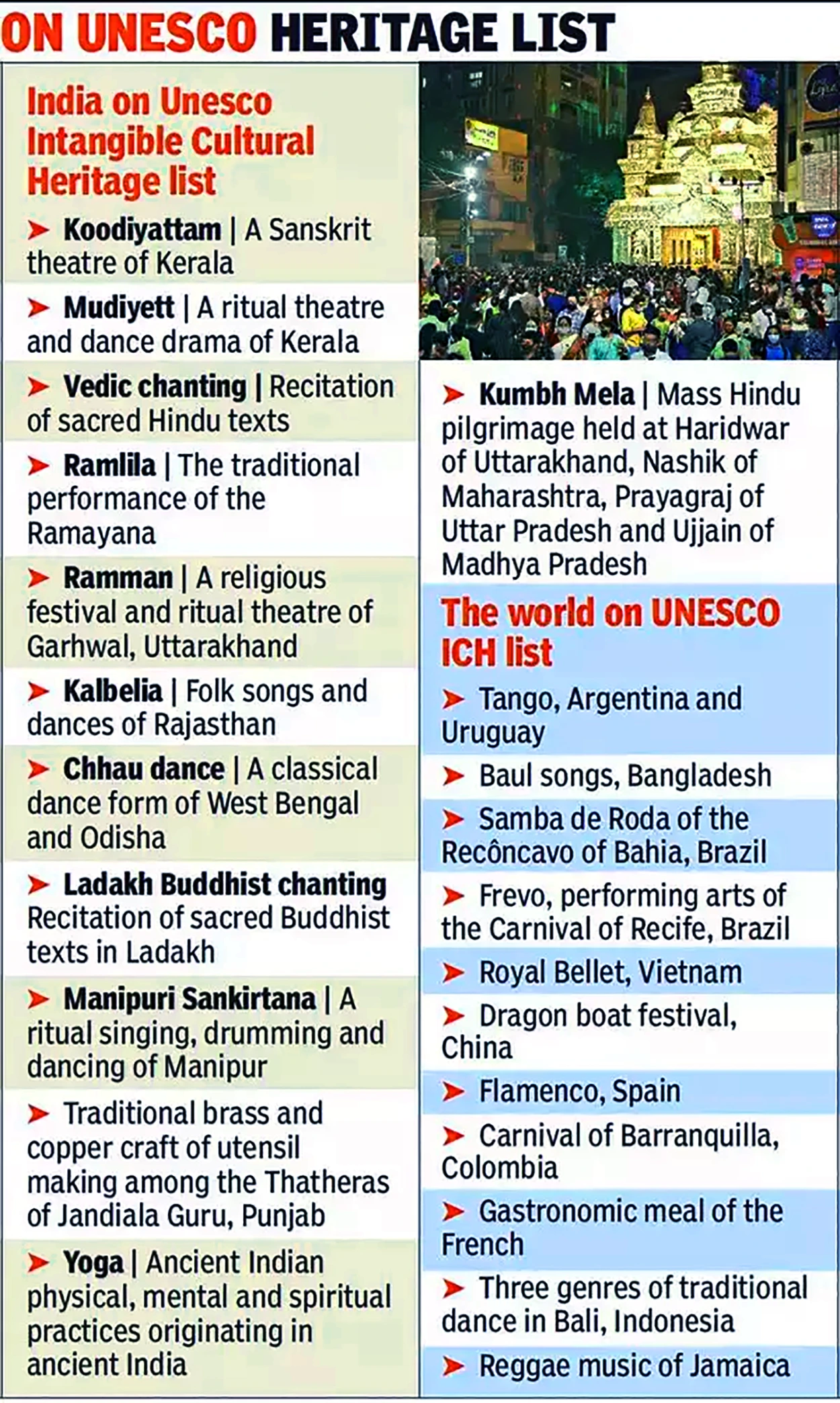
UNESCO World Heritage Sites in India here.
News Source: Hindustan Times
Context: This article is based on the news “Stormy Monday in Chennai: Why are our cities so flood-prone?” which was published in the Live Mint. Cyclone Michaung has caused extensive floods causing severe damage to infrastructure and disruptions of livelihoods.
| Relevancy for Prelims: Urban Flooding, Cyclone Michaung, National Disaster Management Authority, and National Crisis Management Committee, Central Water Commission(CWC).
Relevancy for Mains: Disaster Management In India, Urban flooding in India, Causes, impacts, and solutions. |
|---|
About Cyclone Michaung:
Reasons behind the intensification of Cyclone Michaung:
|
|---|
Also Read: Flash Floods
Institutional Framework and Arrangements for Urban Flooding:
Early flood warning systems, India:
|
|---|
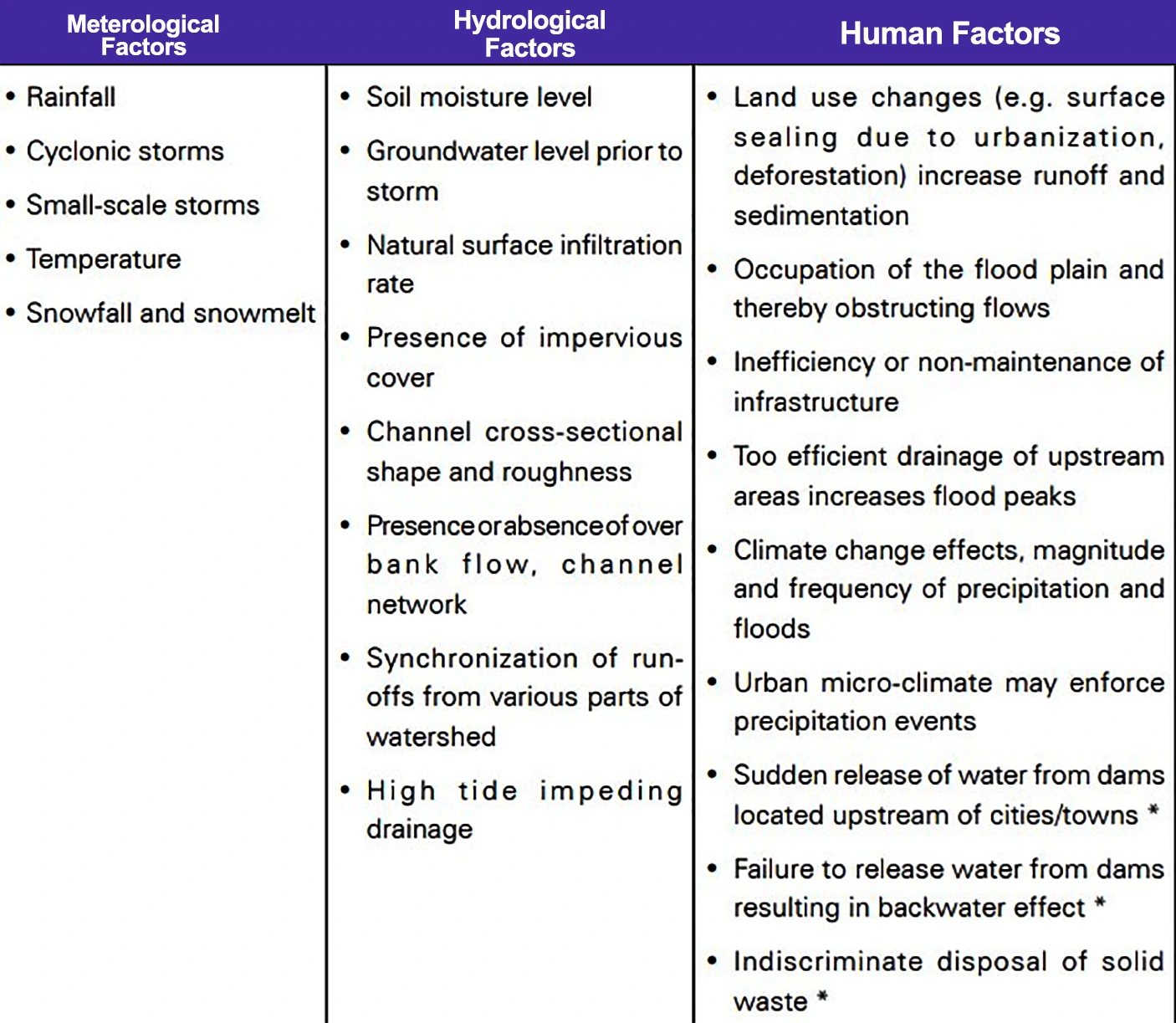 Most of the time, these developments take place on encroachments over lakes, wetlands, and riverbeds.
Most of the time, these developments take place on encroachments over lakes, wetlands, and riverbeds. Recent Urban flooding Incidents:
|
|---|
| NDMA Guidelines on Urban Flooding:
Pre-Monsoon Phase:
During Monsoon Phase:
Post-Monsoon Phase:
|
|---|
What are the best practices implemented globally to address urban flooding?
|
|---|
The occurrence of urban flooding is exemplified by the recent challenges faced by Chennai City after Cyclone Michaung. We need better plans for cities, stronger buildings, and good ideas from around the world to avoid these disasters and keep people safe.
Context: This article is based on the news “Mining for critical minerals: what is the auction process, and why is it important?” which was published in the Indian Express. India has recently launched the first tranche of auctions for critical and strategic minerals worth around ₹45,000 crore.
| Relevancy for Prelims: Mineral and Energy Resources, Critical Minerals, Rare earth elements, Mines, and Minerals (Development & Regulation) Amendment Act, 2023, and Mineral Security Partnership (MSP).
Relevancy for Mains: Mining For Critical Minerals: How is the auction process conducted, Significance of Critical Mineral Mining, and challenges in assuring resilient critical minerals supply chains. |
|---|
Mines and Minerals (Development & Regulation) Amendment Act, 2023:
Know more about the Mines and Minerals (Development and Regulation) Amendment Bill, 2023, here. |
|---|
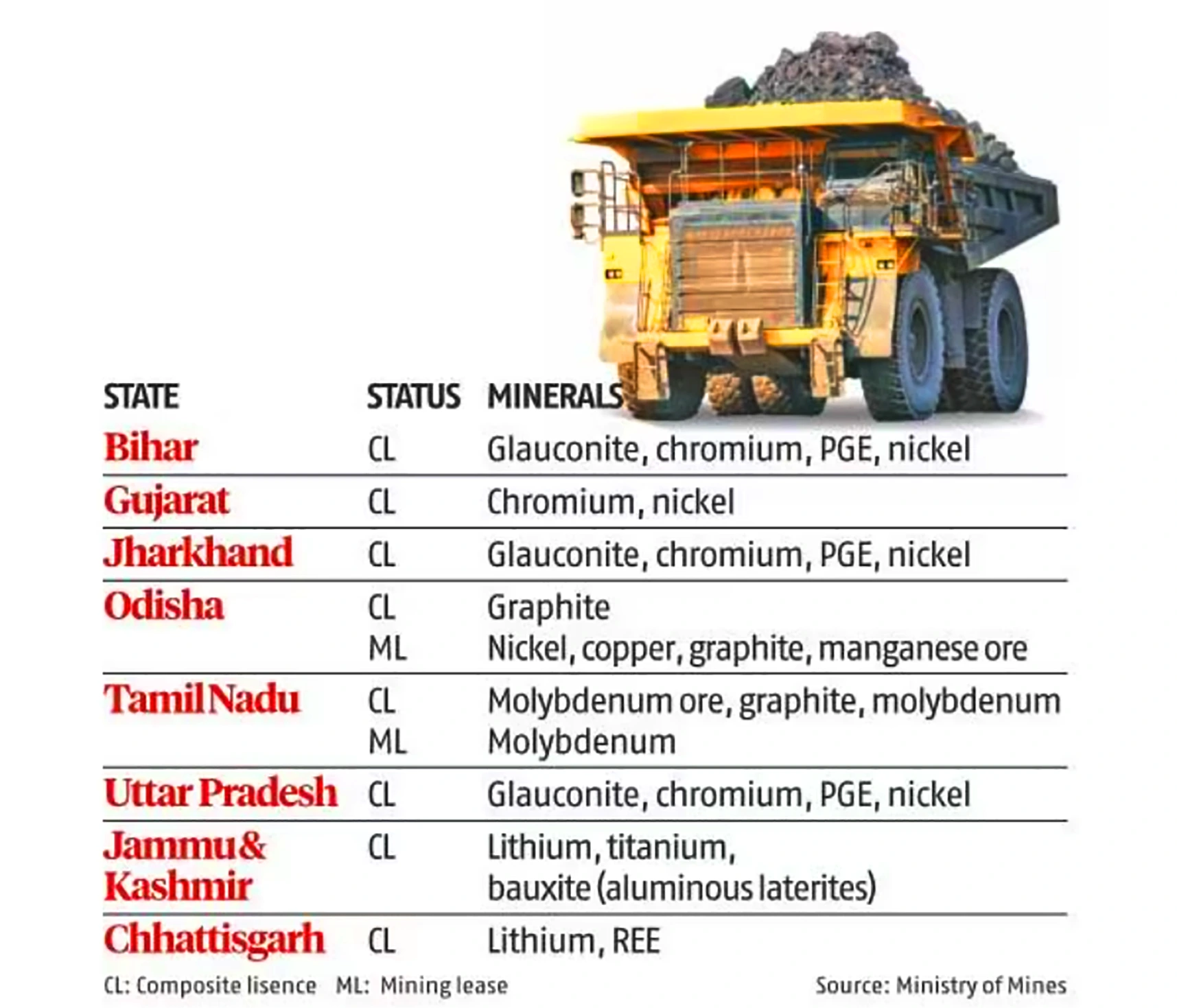
Estimated Reserves:
|
|---|
The auction process for critical minerals in India, marked by the Mines and Minerals (Development & Regulation) Amendment Act, 2023, is a crucial step towards reducing import dependency.
SC Verdict on Newsclick Shows Adherence to Due Pro...
Stay Invested: On Chabahar and India-Iran Relation...
Credit Rating Agencies, Impact on India’s De...
Catapulting Indian Biopharma Industry
Globalisation Under Threat, US Import Tariffs Have...
Global Report on Hypertension, Global Insights and...
<div class="new-fform">
</div>
